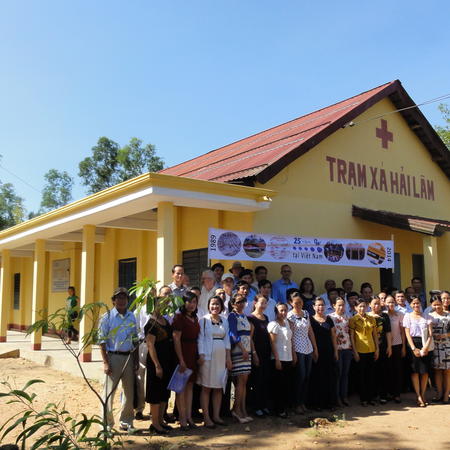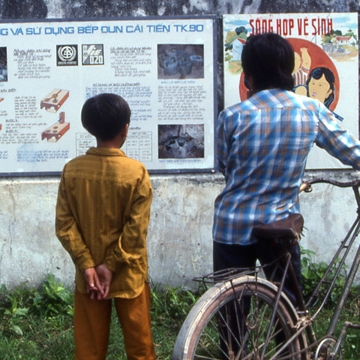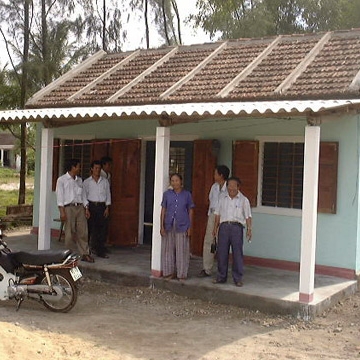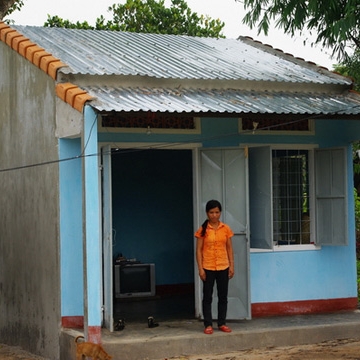- English
- Français
- Tiếng Việt
Preventive strengthening & mitigation
Within the broad scope of disaster risk reduction (DRR), the United Nations International Strategy for Disaster Reduction (UNISDR) defines three general approaches to minimizing vulnerability and disaster risks to a society:
- Preparedness – that builds capacities to efficiently manage all types of emergencies and to achieve an orderly transition from response through to sustained recovery, based on anticipating, responding to and recovering from hazard events.
- Prevention – the outright avoidance of the adverse impacts of hazards and related disasters.
- Mitigation – that lessens or limits the adverse impact of hazards and related disasters, recognising that the impact of many hazards often cannot be fully prevented.
Whilst prevention is both desirable and indeed a necessity in critical buildings that must not fail in a disaster, very often the complete avoidance of losses and damage is not wholly feasible. We can take preventive action to mitigate or lessen the impact of a hazard, but the extent of these actions may be conditioned, for example, by the resources available and the nature of the risk.
Since the 1970’s the members of DW have always favoured an approach that integrated prevention and mitigation, running workshops in Iran on earthquake resistant construction in the mid seventies, and subsequently in Guinea Conakry, Afghanistan and Pakistan.
Since 1989 DW has also focussed on promoting the preventive strengthening of houses and public building to resist the effects of cyclones (typhoons) and floods in Vietnam (1989-present) and in Myanmar/Burma (1980-2010) based on the application of ten generic principles of storm resistant construction. This approach to DRR was extended to Banda Aceh in Indonesia in 2005 (earthquake & Tsunami) and to in Haiti in 2010 addressing both earthquake and cyclone risk in building.
The DW strategy of preventive strengthening of the houses of the poor in central Viet Nam has been recognised worldwide as an important achievement that has been shared with other countries through projects, study visits and publications.











